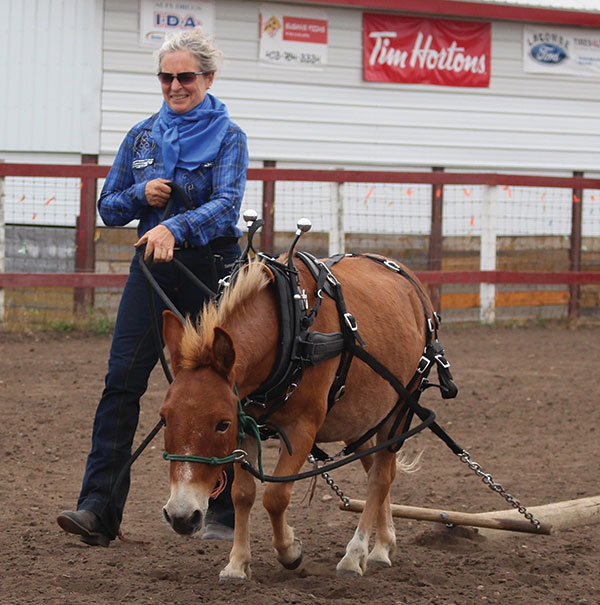
To the great unwashed, mules are objects of ridicule when in fact, these incredible man-made creatures are a marvel of self-preservation.
Perhaps we can lay the blame on early Hollywood. In the American West the stagecoaches that criss-crossed the country were, more often than not, pulled by mules and not the mane-tossing, gleaming horses we saw in the movies.
There were a number of reasons mules were used. In general, mules require less feed and rarely feed or water founder. (In fact, the mule inherited a great trait from the Ass, also known as a donkey. The donkey has a scientifically proven, built-in “mechanism” similar to the camel. Even when parched they will only drink enough to replace their lost body fluids.) They’re amazingly surefooted with tough hooves and, dollars to doughnuts, they’ve probably saved a lot of lives because of their greatest characteristic — self-preservation. Perhaps Hollywood HAD to use horses because no mule would agree to do some of the incredibly dangerous stunts the silver screen demanded.
They’re just too smart.
But if there was ever a breed that needed a good public relations overhaul it was the mule. Even after centuries of transporting people and freight a bazillion miles and plowing countless acres the mule is still battling the rep of being stubborn.
Research has proved that what is seen as “stubborn” is actually their sense ofself- preservation that keeps them safe. In general, the horse has a flight reflex when startled and the donkey and mule has a freeze reflex, and no amount of coercion can make them go until they determine it’s safe to carry on. To those that don’t know their Ass from a hole in the ground, this is wrongly interpreted as “stubborn.”
Yet thanks to the stalwart dedication of aficionados, the huge leap in training of using finesse rather than force showcased at the long-standing mule shows it looks like that PR overhaul is happening in a big way — and these unique animals are becoming an increasingly common sight in the West.
